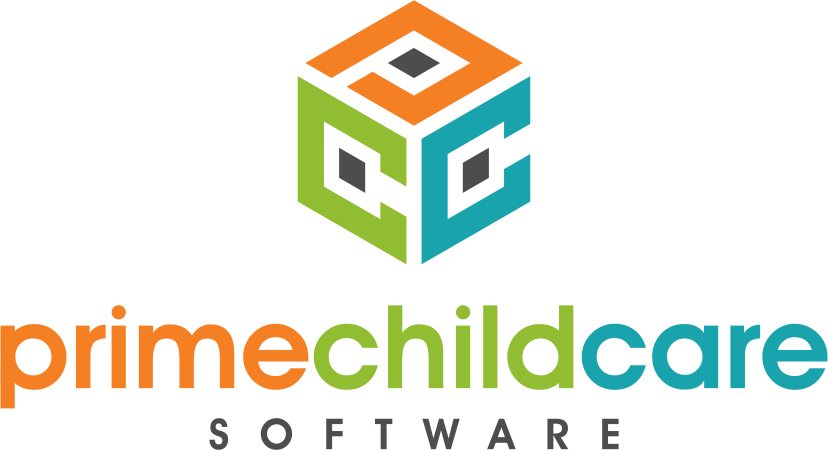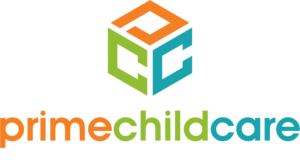Cash flow refers to the movement of money in and out of your daycare business during a specific period. Managing your cash flow is critical for a daycare business’s success, especially after the long holidays and plans for expansion or market share growth.
Cash flow is king for all businesses. It keeps your daycare business healthy and enables it to accelerate during busy months and withstand lean ones. There are different ways to estimate and measure cash flow. Each has its merits and weaknesses, depending on your operational goals.
Projecting Cash Flow
It helps to project your daycare’s cash flow accurately before you can properly manage it. Cash flow projection or estimation means knowing how much money will come into your business and how much you have to pay in expenses. Of course, it’s nearly impossible to estimate your cash flow with certainty. Unexpected expenses almost always arise, kids will come and go, government grants may change, and parents will pay late. However, if you are organized and diligent, you can get a good idea of how much cash you need for a specific period and know how much money is in your accounts. Below are six ways of estimating your day care’s cash flow.1. Make a Cash Flow Budget
Developing a cash flow budget requires you to estimate your daycare’s income and the expenses it will payout. Base your estimates on past performance to make them verifiable and help determine your financial projections. Furthermore, base any new program assumptions on carefully-conducted market research of other similar daycare businesses. Assumptions to consider include:- The vacancy rate
- The number of kids served
- The fees you charge
- The number of hours and days the business is open
- Establish the budget period – annually, monthly, quarterly, or biannually.
- Estimate the number of kids you will serve based on your licensing standards, space available, the number of kids already enrolled, and the number of staff you have (if any).
- Estimate anticipated revenue. It could come from parent fees, public subsidies, food programs, sponsors, etc.
- Estimate anticipated expenditures. Make sure to include:
- Fixed expenses like rent, insurance, utilities, mortgage, and telephone
- Salary expenses if applicable
- Program or funder requirements, for example, associated costs of a grant program like obtaining accreditation
- Everything else such as food, equipment, supplies, advertising, staff development, and liability insurance












